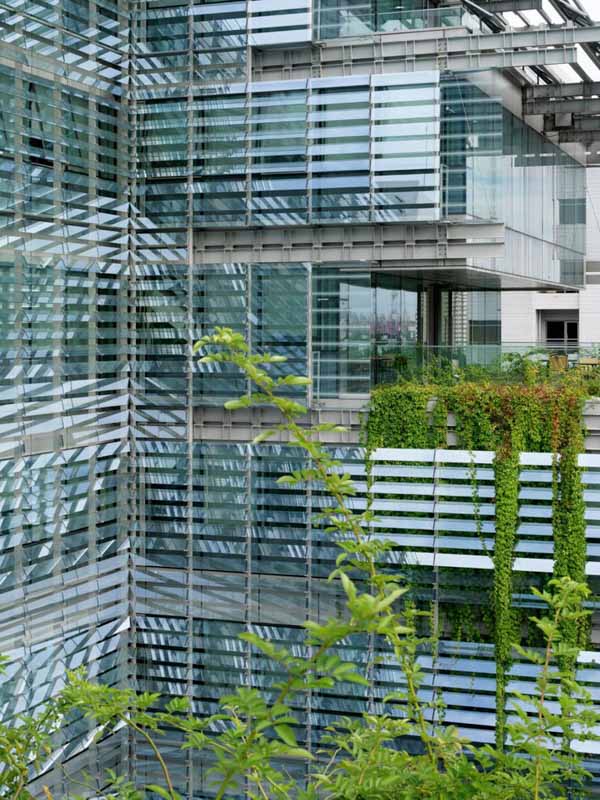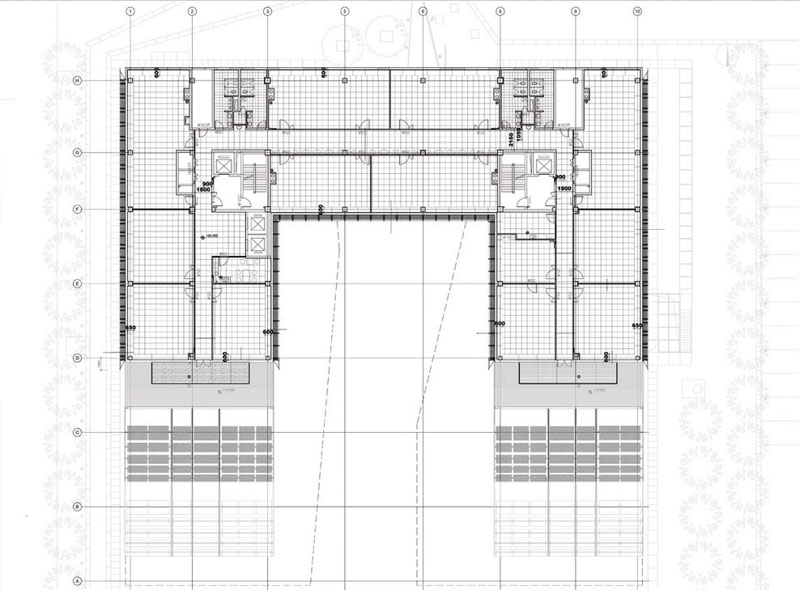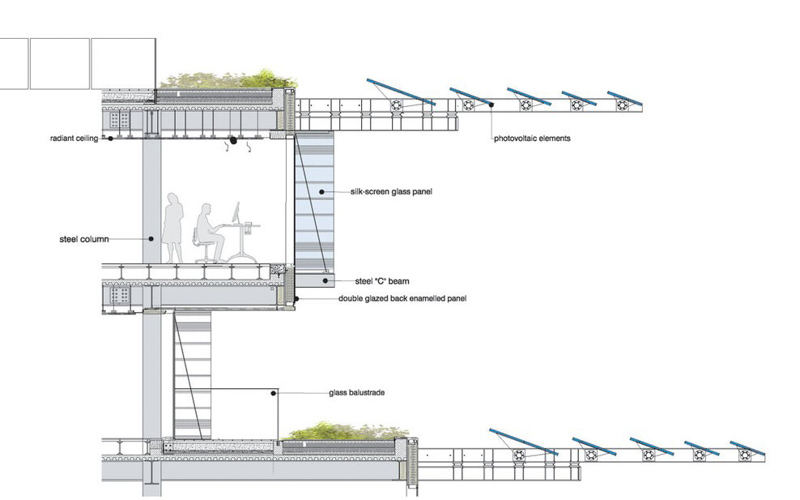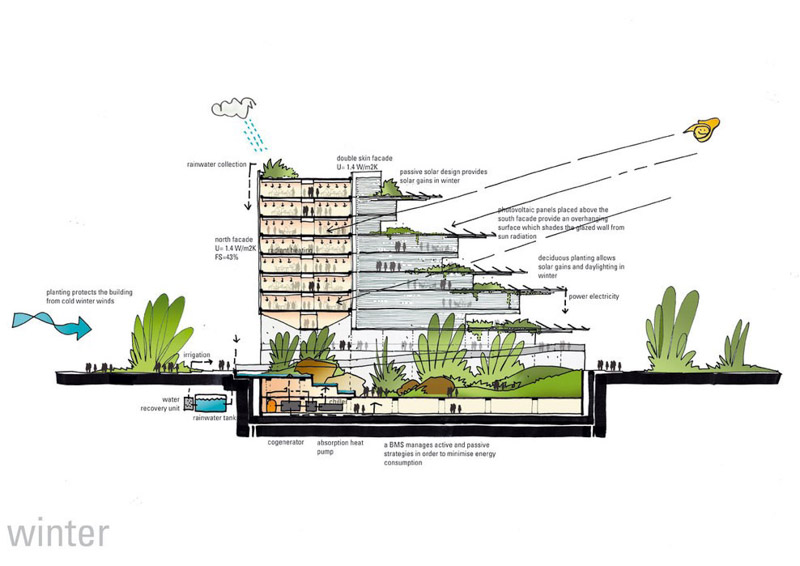The SIEEB: a bioclimatic architecture
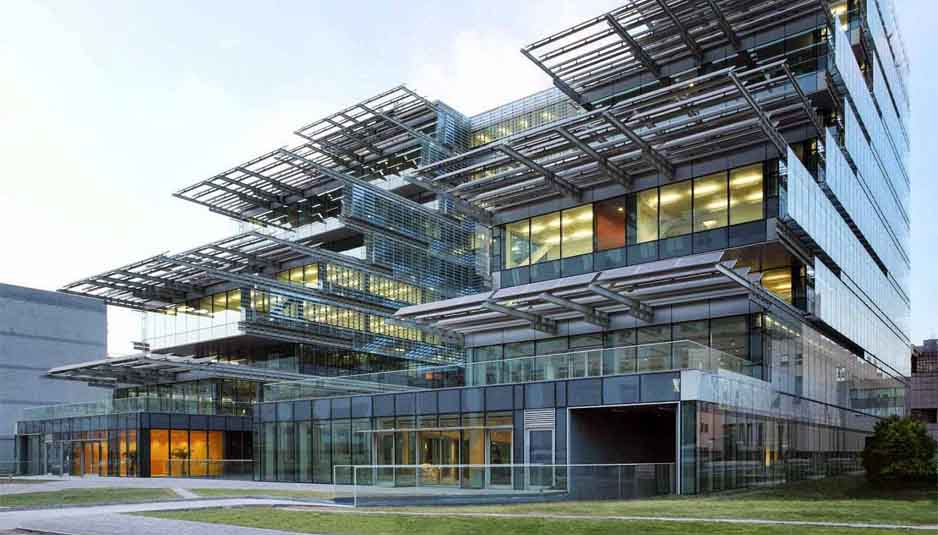
marloncueva.blogspot.it
The term bioclimatic architecture refers to the kind of architecture that takes advantage of renewable energy sources, energy sources that can renew itself quickly as the sun, wind or water resources, in order to achieve and ensure the welfare conditions in built environment, minimizing energy consumption and heat loss.
Designing in a manner bioclimatic means to consider in designing some key parameters such as building form, orientation, respect for the environment and the climatic context in order to create a building “energetically rational” rejecting solar radiation in summer and limits the heat loss in winter.
The SIEEB, Sino Italian Ecological and Energy Efficient Building is located in Beijing, on the campus of Tsinghua University, designed by Mario Cucinella Architects in collaboration with researchers and consultants of the Politecnico di Milano.
This building, low energy consumption, is the result of collaboration between the Italian government and the Chinese and Sino-Italian houses the center for education, training and research for environmental protection and energy conservation.
The center develops with a height of 40 meters and 9 floors above ground. The building, with the plant in the shape of a horseshoe, is designed to optimize the need for light and solar radiation in the winter months and protection from direct sun during the summer ones. There are four types of facade depending on exposure:
• the north facade has a single skin color blue opaque glass, a “curtain wall”, in which the part of the parapet is thermally insulated to protect the building from cold winter winds;
• the east and west sides are constructed with a double skin consists of two overlapping glass walls that delimit an air gap naturally ventilated;
• south facades are treated with a single skin so as to be more transparent; they are shaded by the floors and cantilevered structures, a series of terraced gardens that are home to more than 1,000 square meters of photovoltaic panels to provide most of the electricity demand required.
The control of comfort, lighting, heating and cooling plant systems is guaranteed through automatic high-efficiency: In addition to photovoltaic panels on terraces, garden, there are an air conditioning and ventilation systems equipped with sensors with CO2 detectors that allows to regulate the flows of air according to the presence of people, and an electrical system that increases and reduces the power of the lamps according to the use environment.
The integration of active systems that, through technology systems, accumulating and using energy from renewable sources, and passive systems that, through the constructive elements and orientation, are able to optimize the environmental resources of the area, makes this building a wonderful example architecture eco-sustainable and bioclimatic design.
Source header image: marloncueva.blogspot.it

